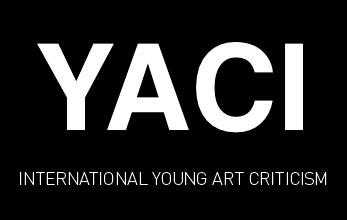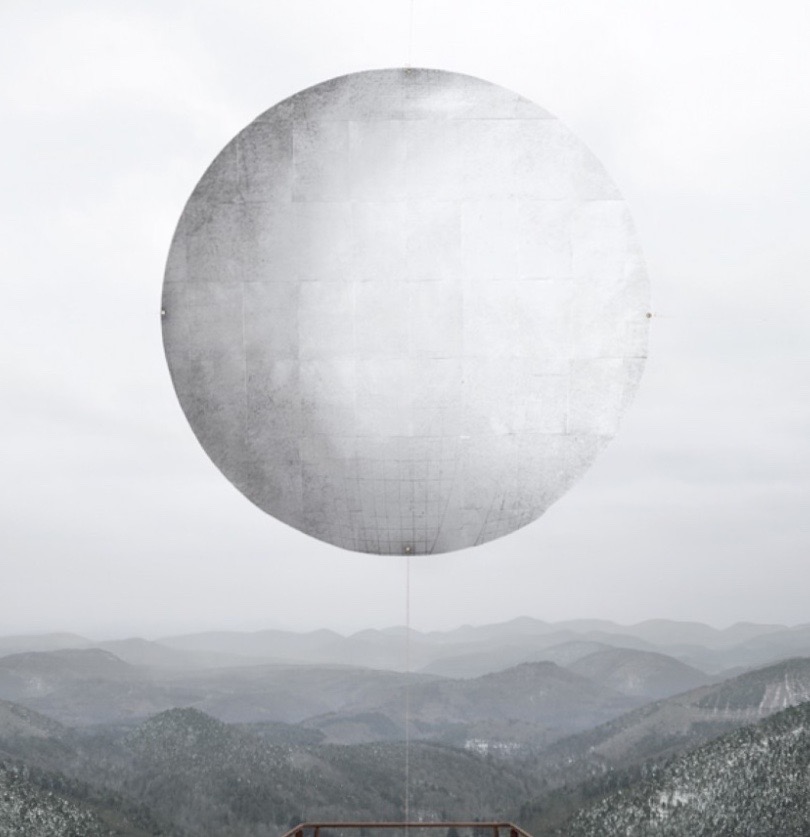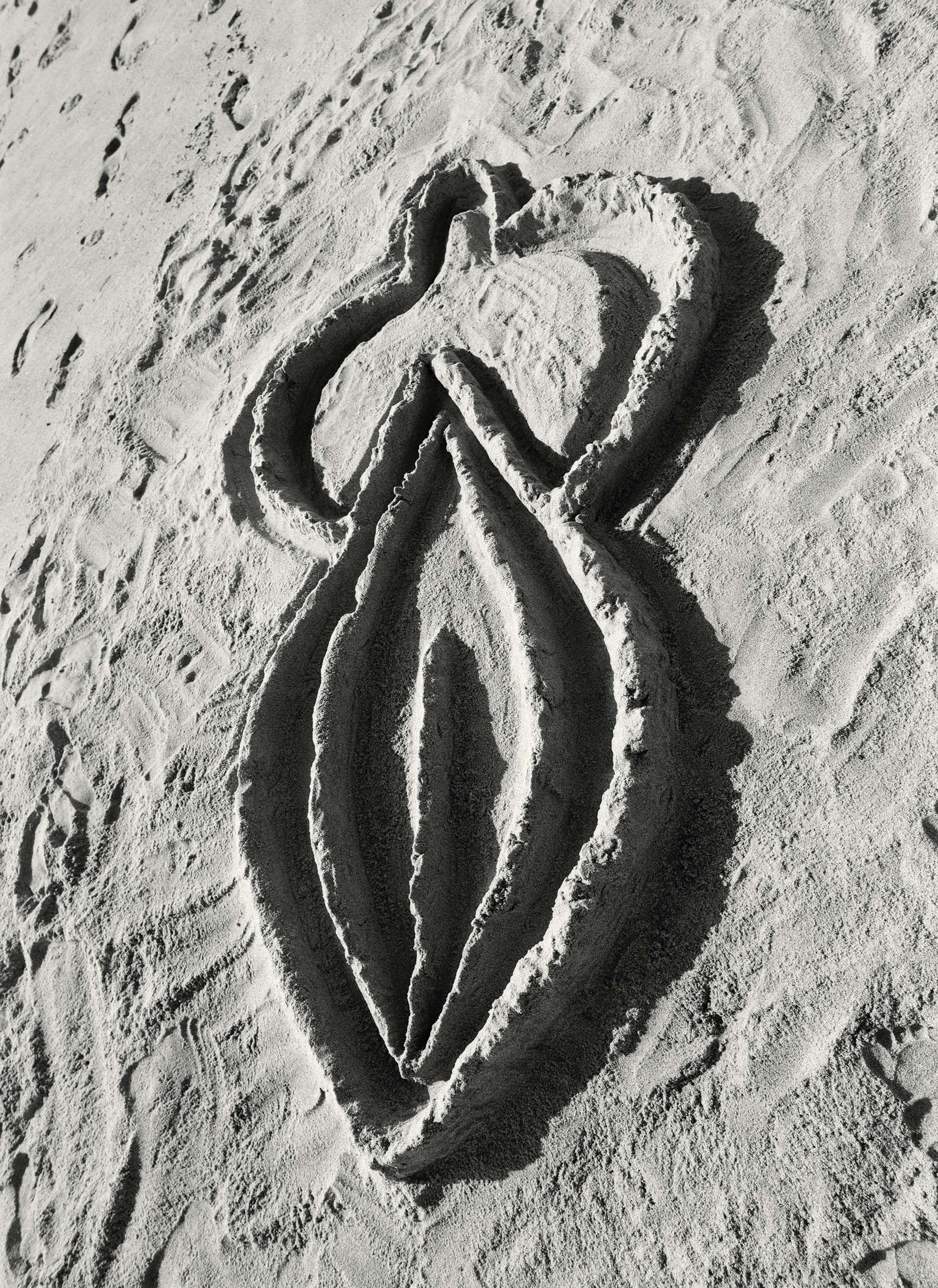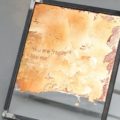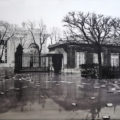Still Life – Style of Life at 24Beaubourg
“There is something that has always fascinated me about painting: it is that sometimes, at a single glance, it communicates a deep and magnificent intuition about human existence“, Lamalattie, 2011.
The love of painting, its ability to move and reveal reality by representing it, is what guides the acquisition process of art dealer Jean-Marie Oger, who presents the works of eight artists in his collection, until April 2 at 24Beaubourg.
Few exhibit on the contemporary art scene a work as deeply rooted in a technical and figurative tradition as those gathered here. The works exhibited in “Still Life – Style of Life” take up the challenge of combining an artistic practice whose avant-garde has never ceased to claim that it is running out of breath and is anchored in the most contemporary reality. It is this survival of figurative art and a virtuoso technique that the guiding thread chosen by Jean-Marie Oger tries to connect. Although tenuous, the latter nevertheless has the merit of not imposing a reading and invites to freely consider what has been retained by the merchant. Thus, under the prism of “still life” and “lifestyle”, heterogeneous works are proposed that are both teeming with references to art history and offering a faithful image of the modern world.
The eight artists combine an absolute mastery of their art with an unprecedented way of extending the tradition in which they are part of. Francine Van Hove appropriates the female nude by working according to the models she invites to her studio and invites them to adopt unusual and always extremely graceful poses. An air of timelessness interferes in the complete absence of contextualization to concentrate only on the harmless gesture of turning off a bedside lamp or the fleeting pleasure of a nap under a cherry tree. The delicate nuances of colour that the artist’s brush offers to the eye, as much as the play of light on reflective surfaces or the attention to detail still force admiration for the pictorial material itself and for the insignificant but beautiful action it represents.
The same goes for Demiak, who finds his inspiration in 17th century Dutch painting and borrows from the Flemings their technique, their format and their subjects. His small oil-painted wooden panels show images of landscapes devastated by natural disasters. Hurricanes, floods or fires leave traces of their passage over destroyed houses or monuments, whose images Demiak recomposes. The double reference to 17th century Dutch navies and fire paintings is obvious. The reduced format, the deliberately aged aspect of the images nevertheless give them a much more intimate character. Under their false postcard-like appearance, the devastated landscapes become vanities, memento mori for contemporary man, more than ever subject to the whims of nature.
Ray Richardson’s calm but imposing scenes, which evoke Hopper, Scorsese’s cinema and the artist’s native district in south-east London, present a fascinating lick and tension. The same tension exists with Sergio Ceccotti, a worthy heir to de Chirico, who composes scenes full of the “disturbing strangeness” that was already used to describe his master’s paintings. Here anguish is born from vanishing lines that take the gaze to an uncertain elsewhere, a door open to nothing, almost brutal colour contrasts… The main subject is always enigmatic as the arrangement of objects prevents any hierarchy and prohibits the gaze from focusing on one as a priority. The drama is about to happen, the paintings give the certainty of it, without saying what it will be or when it will happen.
This way of mixing references and eras, signs of the contemporary world and quotations from an earlier art, prevent any impression of déjà vu from taking root. But if the works assembled by Jean-Marie Oger are all perfectly executed and varied enough not to create a feeling of redundancy as the rooms go by, it must nevertheless be recognized that some lose their power of attraction with regard to what surrounds them. The juxtaposition of artists may not do justice to all their works. This reveals in the gathering in the same room of Monique de Roux’s still lifes and Angélique’s sculptures.
The paintings of the first one are beautiful but look almost pale next to Angélique’s unpublished series, which abandons the organza with which she usually makes her sculptures for an acrylic resin, of an immaculate white, with which she moulds Still Lives of the Future (2016). In a display case is served a meal apparently ordered in a future food-truck, lobster and chips with soda, all meticulously carved in this material that obtains the nobility of marble. Both funny and striking in their realism and beauty, Angélique’s Still Life invites us to reflect on the food of tomorrow, and how today’s food leads to it. Inspired by WHO requirements for a healthy meal, the insect skewers in a second display case respond to a last one composed of capsules and infusions. The delicate sculptor still questions our world and our society of overconsumption, which has become the realm of lust and indecency as well as the most extreme inequalities.
Finally, Lamalattie’s Curriculum Vitae, which welcome the viewer into the exhibition space, are also tinged with a bitter irony. On rectangular canvases and through subtle declinations of blue, men and women now exist only by a first name, a face recomposed from scratch from photographs found in newspapers or sketches, and a sentence, unique and haunting, of terrible effectiveness, which would be enough to summarize their existence. The cold colours, the raw material, the interplay between painting and advertising aesthetics deliver an almost terrifying image of a world where the person has disappeared behind his or her quality of human resource. The serial nature of Lamalattie’s portraits – without which perhaps they would not have had the same force of seizure – reinforces the double feeling of astonishment and anguish that takes the viewer. The judgment rendered by the artist seems irrevocable, the spectator cannot remain indifferent.
Each in his own field, Angélique and Lamalattie dazzle the spectator, purely and simply. The strength of their art lies in the fact that they brilliantly combine a subtle reflection on the subjects they give themselves and a meticulous work of the material with which they render them. Angélique pushes back the limits and codes of her favourite art, sculpture, by giving all their nobility to new materials, which she handles with an absolutely remarkable talent. Lamalattie also insists on the “pictoriality” of painting, explaining that he likes “that there is paint in the painting”. And the painter to explain the necessary impoverishment that there is in the transposition of reality into painting. Topos imposed from Plato’s Republic: painting (and, by extension, art) that would be content to imitate reality would be poor. Lamalattie also wants to endow it with a “complexity of its own” because “the lost depth of reality must be compensated by the depth of a successful pictoriality”. Before concluding that, for him, “the question of pictoriality remains inseparable from that of figuration”.
In my opinion, this is precisely what makes “Still Life – Style of Life” an opportunity to successfully contradict the proclamation of the death of “traditional” art and all its advocates since the beginning of the 20th century. At 24Beaubourg, Jean-Marie Oger gives the opportunity to rediscover this artistic path full of vitality and the wonder that it is always quick to arouse!
Horya Makhlouf
"Still Life - Style of Life"
Until April 2, 2016 at 24Beaubourg
24, rue Beaubourg 75004 Paris
http://www.24beaubourg.com/
http://www.jmoger.com/
